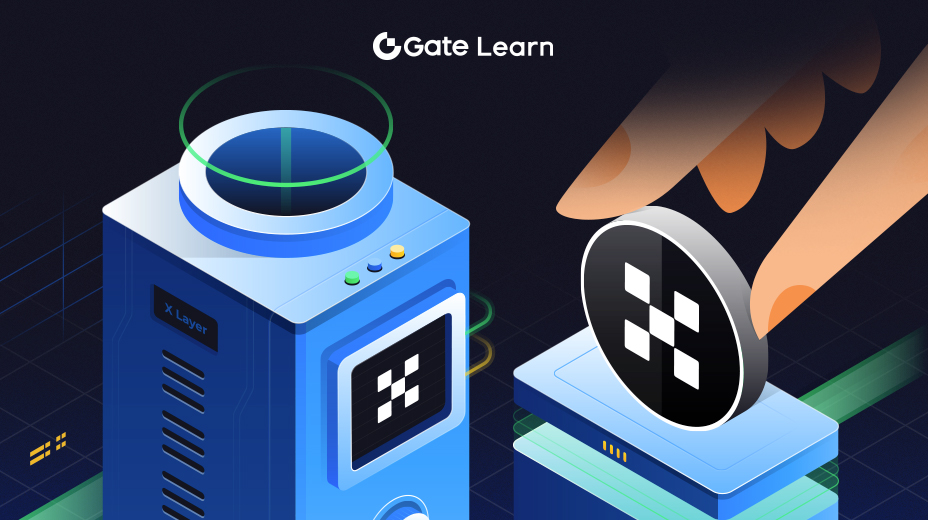Lightlink's business model
This module details how Lightlink's business model allows companies to operate without gas fees and delves into the technical principles of zero-gas transactions, emphasizing their impact on companies adopting blockchain technology.
The operation mode of enterprise model
The Lightlink business model enables businesses to provide users with a Gas-free trading experience, allowing users to interact with decentralized applications (dApps) without paying any transaction fees. This model is particularly suitable for users migrating from traditional Web2 systems, as the complexity of blockchain (especially Gas fees) can often be a barrier to entry for users. By eliminating the need for users to hold cryptocurrencies to make transactions, businesses can provide users with a simpler user experience, thereby promoting the widespread adoption of blockchain applications.
The enterprise model operates by registering and subscribing to the Gas fee subsidy plan on Lightlink. The enterprise pays stablecoins monthly to obtain a fixed number of Gas units, which are used to subsidize user transactions. This allows users to transact without paying fees or holding native tokens such as Ethereum. This prepaid model greatly simplifies the user experience as the Gas fees are borne by the enterprise instead of being passed on to the end user.
Analysis of Zero Gas Transactions and Technologies
Lightlink achieves zero Gas transactions by combining smart contracts and transaction management systems, which automatically allocate prepaid Gas quotas to enterprise customers. When users interact with dApps that support the Lightlink enterprise model, the Gas price of their transactions is set to zero. The system uses enterprise smart contracts, where dApps or enterprises specify their monthly Gas quotas in the contract. As long as the enterprise has prepaid Gas unit quotas, all transactions within that quota range are free for users.
Lightlink allows enterprises to dynamically expand their Gas coverage based on transaction volume. If the business transaction volume exceeds the prepaid quota, enterprises can purchase additional Gas units or revert to the traditional Ethereum system model, where users pay the Gas fees themselves. This flexibility ensures that enterprises can manage transaction costs predictably without worrying about the impact of fee fluctuations.
The impact on the enterprise
Zero Gas fee functionality is highly attractive to enterprises that want to integrate blockchain technology. Lightlink's business model is particularly good at lowering the entry barriers for users. For example, projects like Grapes and TallyUP have successfully processed millions of transactions through this system, attracting more users by eliminating transaction fees and achieving rapid platform development.
In addition, Lightlink provides a predictable subscription-based Gas fee pricing model, allowing enterprises to avoid the impact of gas price fluctuations in traditional blockchain networks and establish clear budgets for blockchain operations. This pricing model not only allows enterprises to plan and execute blockchain strategies more effectively, but also provides users with a better user experience.
Highlights
- Lightlink's business model enables enterprises to provide gas-free transaction services to users by prepaying gas fees.
- Enterprises subscribe to fixed-price Gas quotas to ensure predictable transaction costs.
- Transactions in the business model are processed at zero Gas price, without users needing to hold tokens, simplifying the user experience.
- The system dynamically and flexibly expands based on transaction volume, allowing enterprises to adjust the coverage range of Gas according to their needs.
- Enterprise partners such as Grapes and TallyUP demonstrate the significant impact of the business model in attracting more users and increasing transaction volume.





